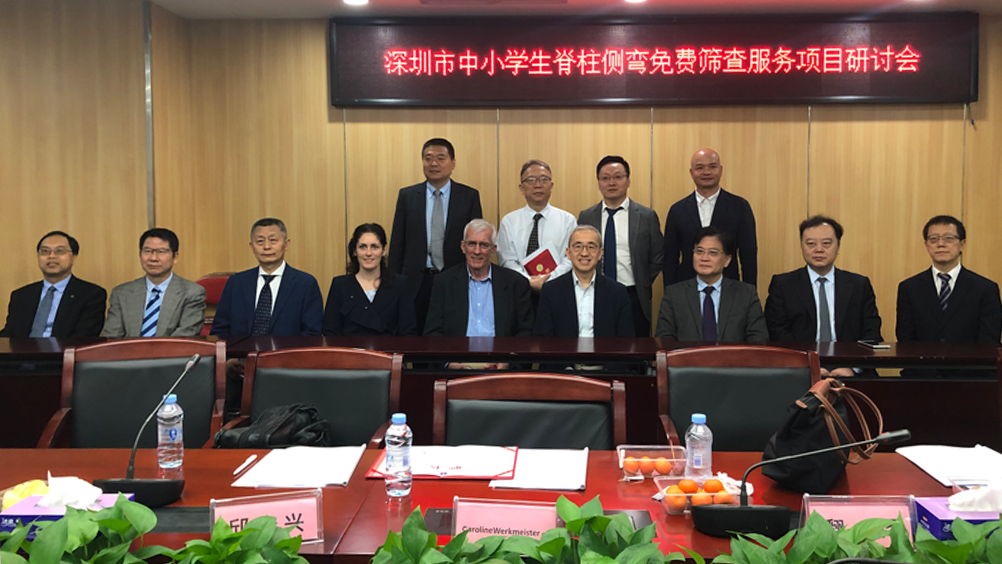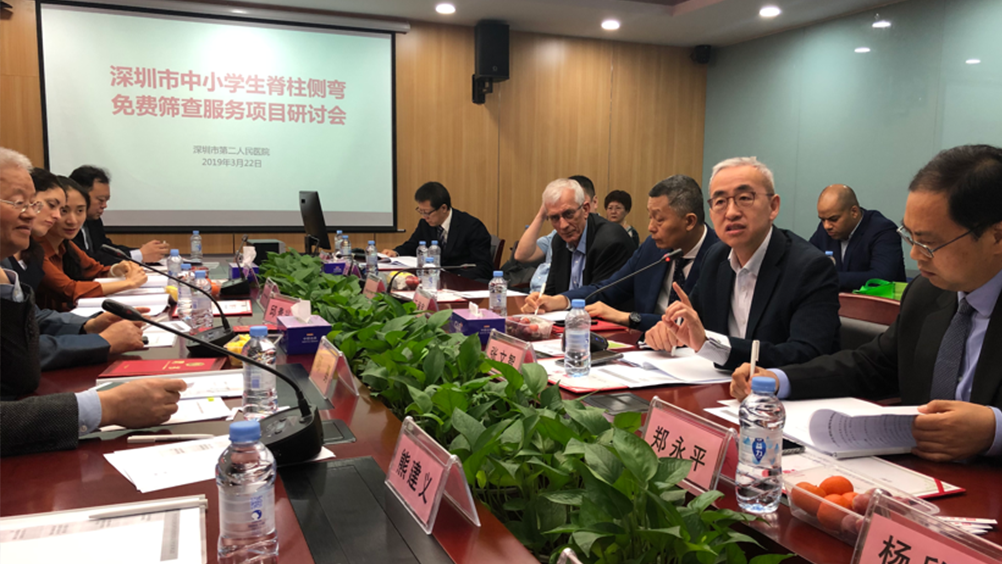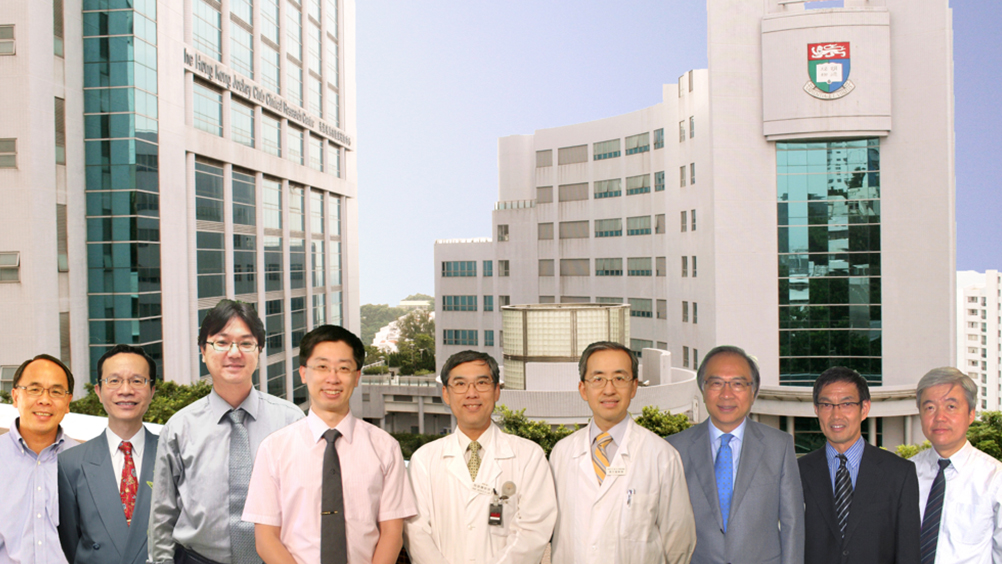Screening for Adolescent
Idiopathic Scoliosis
School of Nursing and Department of Orthopaedics & Traumatology
The University of Hong Kong
Researchers

Dr Daniel Fong
Associate Professor


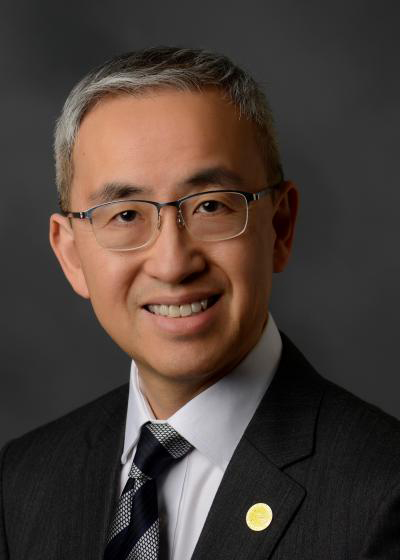

Prof Kenneth Cheung
Chair Professor


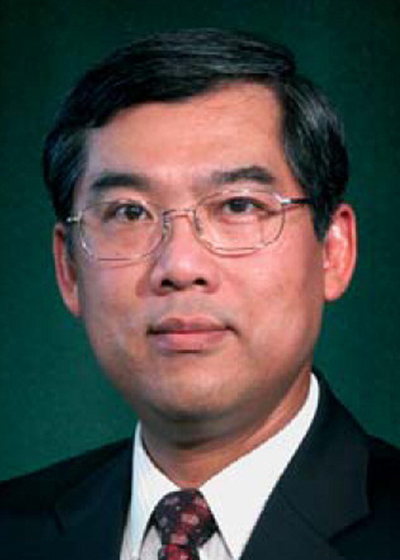

Prof Keith Luk
Chair Professor




Dr Jason Cheung
Clinical Associate Professor




Dr Michael To
Clinical Associate Professor


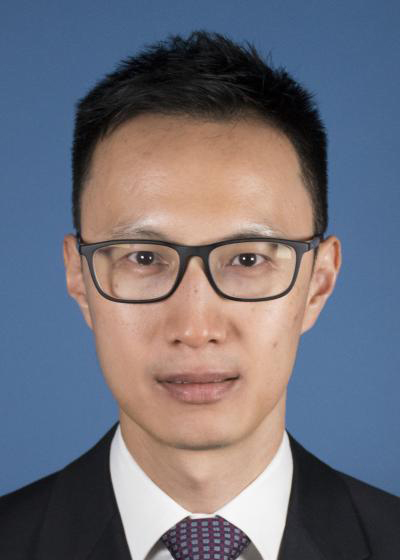

Dr Kenny Kwan
Clinical Associate Professor


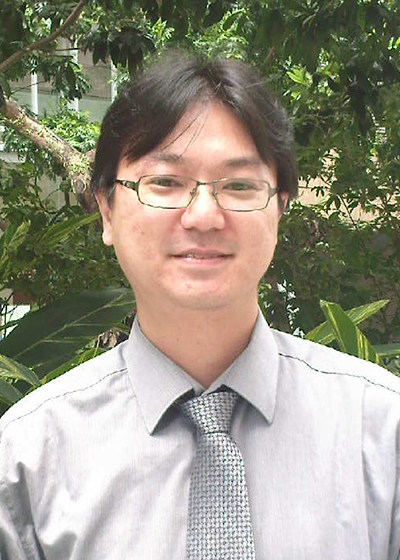

Dr Chun-Fan Lee
Clinical Associate Professor
Publications
- Fong DYT, Lee CF, Cheng JCY. Letter to the Editor Concerning: Altaf, F., Drinkwater, J., Phan, K., Cree, A.K. Spine Deformity 5(2017):308e309. Spine Deformity 6:96-98, 2018 Jan.
- Fong DYT, Cheung KMC, Wong YW, Wan YY, Lee CF, Lam TP, Cheng JCY, Ng BKW, Luk KDK. A population-based cohort study of 394,401 children followed for ten years exhibits sustained effectiveness of scoliosis screening. The Spine Journal 15(5):825-833, May 2015.
- Lee CF, Fong DYT, Cheung KMC, Cheng JCY, Ng BKW, Lam TP, Yip PSF, Luk KDK. A new risk classification rule for curve progression in adolescent idiopathic scoliosis. The Spine Journal. 12:989-995, Nov 2012.
- Fong DYT, Luk KDK. Should screening for scoliosis be conducted? ArgoSpine News & Journal 24(1-2):46-49, Jun 2012.
- Fong DYT, Lee CF, Cheung KMC, Cheng JCY, Ng BKW, Lam TP, Mak KH, Yip PSF, Luk KDK. A meta-analysis of the clinical effectiveness of school scoliosis screening. Spine 35(10):1061-1071, 2010.
- Luk KDK, Lee CF, Cheung KMC, Cheng JCY, Ng BKW, Lam TP, Mak KH, Yip PSF, Fong DYT*. Clinical Effectiveness of School Screening for Adolescent Idiopathic Scoliosis: A Large Population-Based Retrospective Cohort Study. Spine 35(17):1607-1614, 2010.
- Lee CF, Fong DYT, Cheung KMC, Cheng JCY, Ng BKW, Lam TP, Mak KH, Yip PSF, Luk KDK. Costs of School Scoliosis Screening: A Large Population-based Study. Spine 35(26):2266-2272, 2010.
- Fong DYT, Lee CF, Cheung KMC, Cheng JCY, Ng BKW, Lam TP, Mak KH, Yip PSF, Luk KDK. A meta analysis of the clinical effectiveness of school scoliosis screening. In “Research into Spinal Deformities 7” Edited by Aubin CE, Stokes IAF, Labelle H, Moreau A. IOS Press, The Netherlands, 2010.
- Luk KDK, Lee CF, Cheung KMC, Cheng JCY, Ng BKW, Lam TP, Mak KH, Yip PSF, Fong DYT. The Clinical Effectiveness of the Hong Kong Scoliosis Screening Programme. In “Research into Spinal Deformities 7” Edited by Aubin CE, Stokes IAF, Labelle H, Moreau A. IOS Press, The Netherlands, 2010.
- Lee CF, Fong DYT, Cheung KMC, Cheng JCY, Ng BKW, Lam TP, Mak KH, Yip PSF, Luk KDK. Costs of School Scoliosis Screening: A Large Population based Study. In “Research into Spinal Deformities 7” Edited by Aubin CE, Stokes IAF, Labelle H, Moreau A. IOS Press, The Netherlands, 2010.
- Lee CF, Fong DYT, Cheung KMC, Cheng JCY, Ng BKW, Lam TP, Mak KH, Yip PSF, Luk KDK. Referral criteria for school scoliosis screening: Assessment and recommendations based on a large longitudinally followed cohort. Spine 35(25):E1492-1498, 2010.
Projects
2009 – 2011
A long term evaluation of the clinical and cost effectiveness of the Hong Kong Scoliosis Screening Programme. RGC-PPR
2008 – 2010
Single-blinded comprehensive cohort study incorporating a randomized controlled design on bracing in AIS: a feasibility study. Scoliosis Research Society
2006 – 2008
Cost and Clinical Effectiveness of the Hong Kong Scoliosis Screening Programme. RGC-PPR
Impact
National Impact



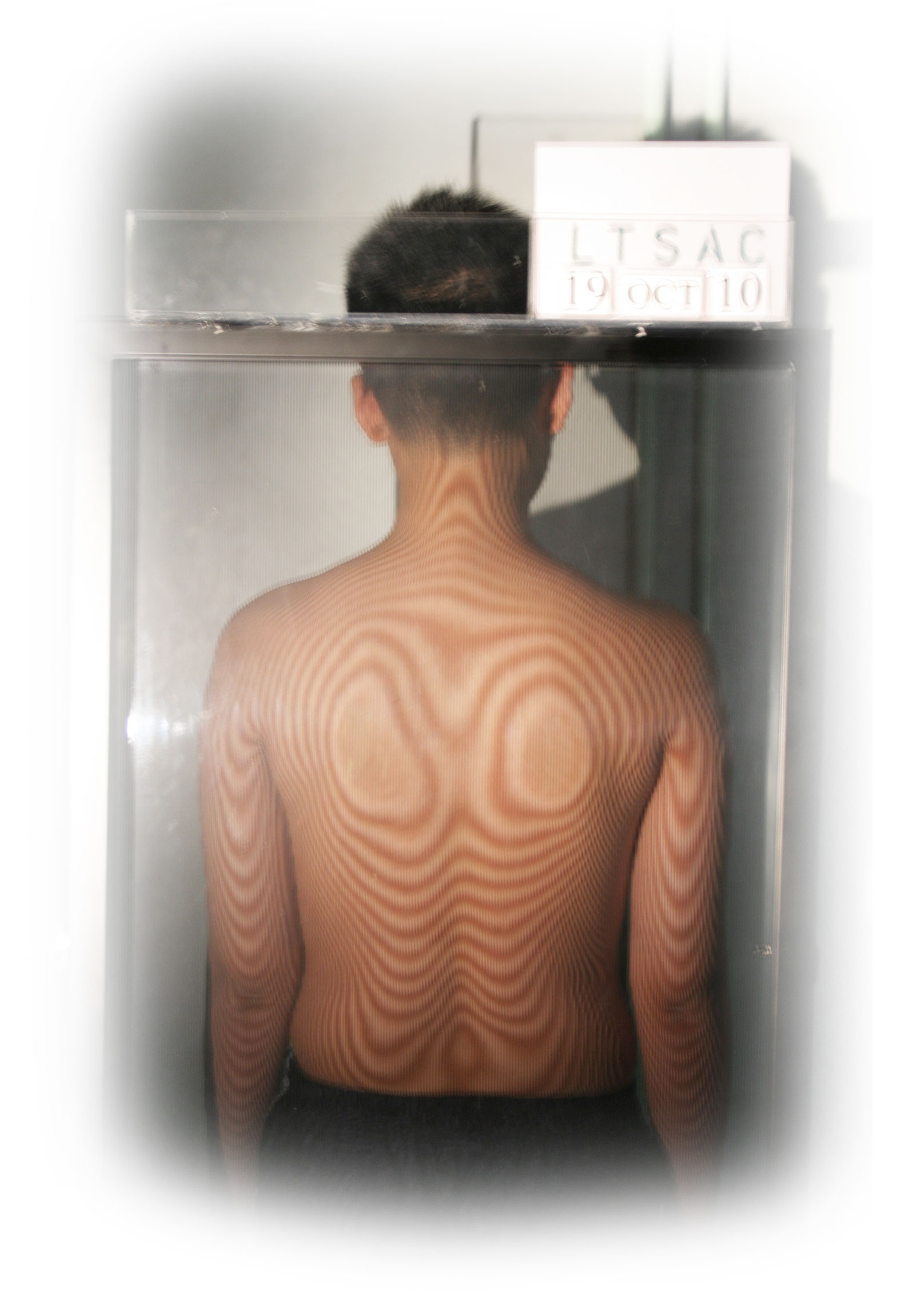








The Hong Kong scoliosis screening programme has screened around 2 million children or above since its inception in 1995/2006. It aims to detect the curve progression in patients suffering from AIS. Children with various degrees of curvature could be referred to a specialized clinic for diagnosis and regular monitoring so that appropriate treatment can be delivered on time.
A total of 394,401 students from the age of 10 until they were 19 years old attended a two-tier screening protocol developed by the Department of Orthopaedics and Traumatology of the University of Hong Kong.
The first and the largest population-based study demonstrates scoliosis screening is effective to identify AIS patients at early stages to reduce the risk of invasive spinal fusion surgery.
Using forward bending test and measuring angle of trunk rotation (ATR) with scoliometer, student found with an ATR of 5 degree or greater but less than 15 degree would be screened by moire topography. Students with a difference of two or more moire lines between the left and right sides of the back or presenting with concomitant significant clinical signs of spinal deformity would be referred for radiographic diagnosis.
Among the 394,401 students, 9,726, 3.2% were referred for radiography and 12,536, 4.1% were referred when significant clinical signs, including uneven shoulder height, pelvic tilt, rib or loin hump, or scapular prominence and truncal shift, were detected.
Curvature was found to be the most important predictor in classifying patients into different risks of progression, health care management of AIS patients can be made more efficient.
Industrial impact – After we demonstrated the success of the Hong Kong scoliosis screening programme, there has been an interest to the industry in developing innovative strategies for further enhancing the clinical effectiveness of the existing screening methods. The company SpineScan3D developed a novel intelligent smartphone based measuring tool for the degree of scoliosis. The work was in collaboration with our team at HKU (http://www.spinescan3d.com/).
Regional Impact
Since the successful demonstration of the clinical and cost effectiveness of the Hong Kong Scoliosis Screening programme by our team, a number of similar programmes have been embarked or in negotiation in the region.
Shenzhen, PR China – A city wide school scoliosis screening programme supported by a government grant of RMB 40 million
Macau – a scoliosis screening programme supported by the Fok Ying Ying Foundation
Beijing, Guangzhou, and Kunming – Scoliosis screening programmes are under planning
International Impact
Organization | Beneficiaries | Impact | Links |
|---|---|---|---|
U.S. Preventive Services Task Force
(Jan 2018) | Policymakers and the public | Our research work has been consistently cited to support that scoliosis screening can accurately identify children with adolescent idiopathic scoliosis, and influenced the change of its recommendation towards school scoliosis screening. | |
Texas Department of State Health Services
(Aug 2018) | Community
| This is the Health Services department in Texas of the United States articulates the screening information and procedure for scoliosis screening by citing our Position statement. The department had the legislative approval in 2017 on conducting mandatory screening for scoliosis in schools, which had not occurred for at least 15 years | |
Clinical Advisor
(May 2015) | Health professionals and community | Clinical Advisor is an online international news platform that delivers the latest medical and health news to health professionals. It featured our research on showing sustained effectiveness of scoliosis screening in schools | |
ScoliSMART clinics
(March 2015) | Community | ScoliSMART clinics is based in the United States and is often read by patients and the public. It independently reported our research on showing sustained effectiveness of scoliosis screening in schools. | |
Nature Reviews Disease Primers
(Sep 2015) | Academics, and Policymakers | This review cited our research work as substantial evidence in support of scoliosis screening. | |
Scoliosis Research Society
(Sep 2015) | Clinicians, and policymakers | This position statement was jointly endorsed by the Scoliosis Research Society (SRS), American Academy of Orthopedic Surgeons (AAOS), Pediatric Orthopedic Society of North America (POSNA) and American Academy of Pediatrics (AAP).
Our research has been cited which provided the strongest evidence to justify that scoliosis screening can be sensitive and specific in detecting AIS. In particular, the positions statement also indicated there were no studies similar to our cost analysis. | |
Scoliosis journal
(Oct 2013) | Academics and Policymakers | This is a journal article as a result of an International Task Force initiated by the Scoliosis Research Society after new evidence from our research. Our research has been used in support of technical and clinical efficacy of scoliosis screening | |
Harvard University’s DASH repository
(Oct 2013) | Academics and Policymakers | This is a journal article that cited our work in support of the pendulum swings back to scoliosis screening |

